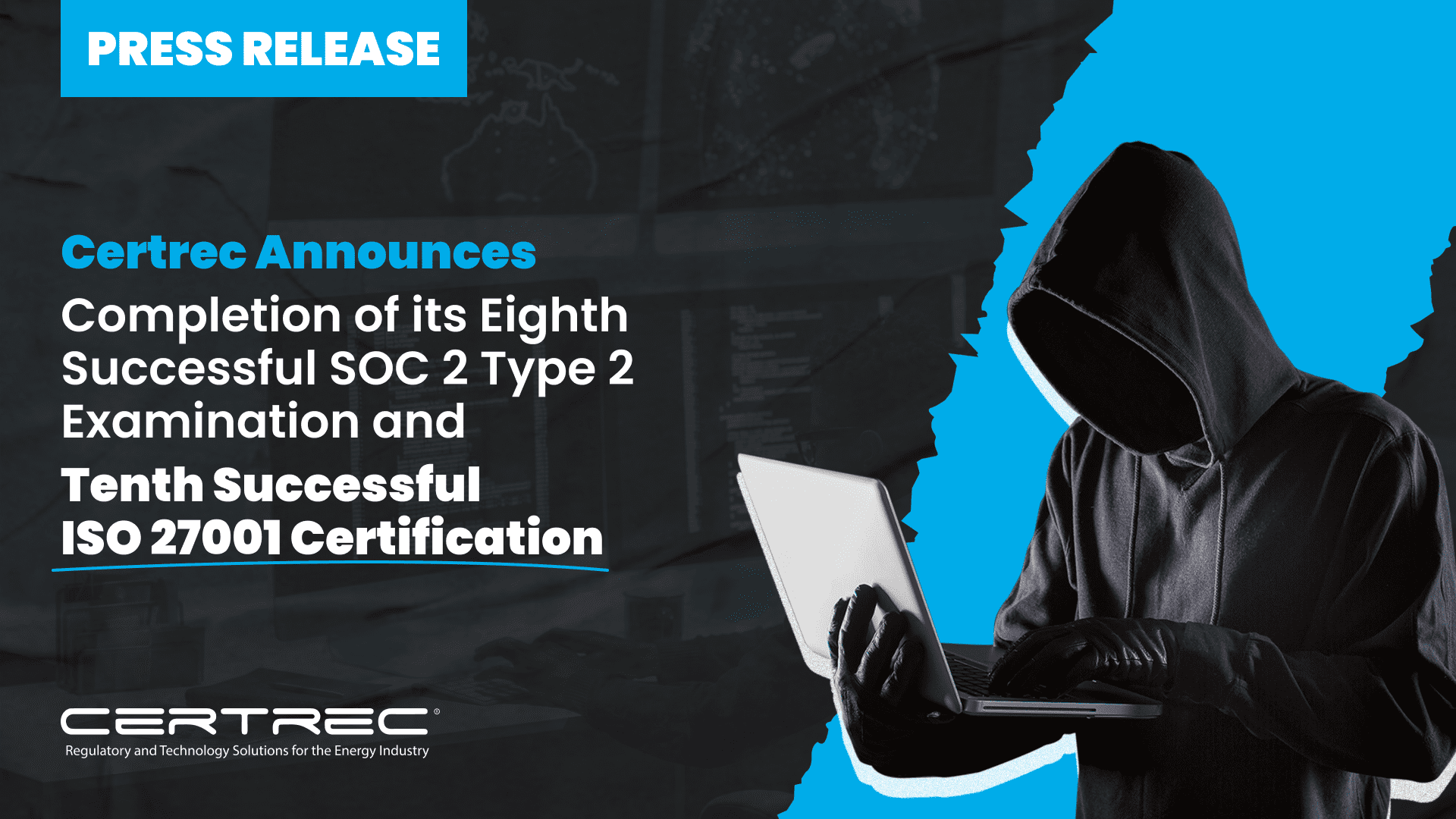Certrec, a leading provider for regulatory compliance and advanced on-line solutions,
announced today that its new Fatigue Rule Management System (FRMS) web-based tool has been rolled out to the US nuclear industry.
FORT WORTH, Texas January 20, 2020
Certrec, a leading provider for regulatory compliance and advanced on-line solutions, announced today that its new Fatigue Rule Management System (FRMS) web-based tool has been rolled out to the US nuclear industry.
“We are very proud FRMS has been successfully implemented at two nuclear sites in the US,” stated Michelle Thomas, Certrec’s Executive Director of Operations. “Thus far, the feedback we have received is extremely positive. Users are saying the application works well, and they have expressed appreciation for the quality of the training and support they have gotten. We have two additional sites scheduled to on-board before the end of 2020. Certrec is also working with two other nuclear sites to implement FRMS in conjunction with time-management and union rules management.”
The creation of FRMS came in response to needs expressed by industry professionals gathered at an industry meeting. One recognized nuclear industry fatigue rule expert remarked, “Our current fatigue rule software is difficult to use, provides inaccurate results, and takes overnight to produce reports.” In response, Certrec developed a more reliable solution that is easier to use for tracking the Fatigue Rule requirements to the exacting specifications of 10 CFR 26. We worked with one of the major nuclear fleets in the design and implementation of Certrec’s FRMS.
On January 2, 2020, after five intense months of development, Certrec pushed FRMS live. This solution for industry management of the fatigue rule requirements provides intuitive, accurate implementation with immediate feedback on the compliance of proposed work schedules and the availability of personnel. In addition, reports that formerly required hours to produce are now available in seconds.
Because of its platform design, FRMS can be integrated quickly into nuclear plant procedures. The tool handles the Part 26 requirements automatically, and Certrec’s support staff provide training to make using it as seamless as possible. As with all Certrec tools, FRMS is web-based, so there is nothing to install on servers or computers. It can be accessed without a VPN from anywhere with the internet and a browser.
“Our primary goal at Certrec is to help solve our clients’ problems so they can focus on other important tasks,” explained Ted Enos, Certrec’s President. “FRMS was developed using our ISO 27001 Quality Program and is delivered from our state-of-the-art, US-based infrastructure to ensure the best quality and security. We are very excited to have this capable solution available to support nuclear plants.”
Certrec – empowering those who power the world.
About Certrec
Founded in 1988, Certrec is a regulatory compliance service provider with more than 1,200 cumulative years of energy industry experience helping clients manage the regulatory process to their advantage.
Certrec’s Office of NERC Compliance (ONC), Office of Licensing and Compliance (OLC), and Office of New Plant (ONP) solutions are used by nuclear, fossil, solar, and wind facilities and Registered Entities across the United States when complying with the Nuclear Regulatory Commission (NRC), the Federal Energy Regulatory Commission (FERC), and the North American Electric Reliability Corporation (NERC) compliance and licensing standards. Certrec is ISO/IEC 27001:2022 certified, ensuring that its regulatory compliance web tools and facilities comply with an internationally recognized standard of best practices regarding business, cyber, and physical security and control. Also, Certrec successfully completed a Type 2 SOC 2 examination where the scope of Document Management and Regulatory Services was examined against the Trust Services principles of Security, Availability, and Confidentiality. Certrec is committed to undergoing similar required annual examinations and audits to maintain or exceed current levels of service.


















